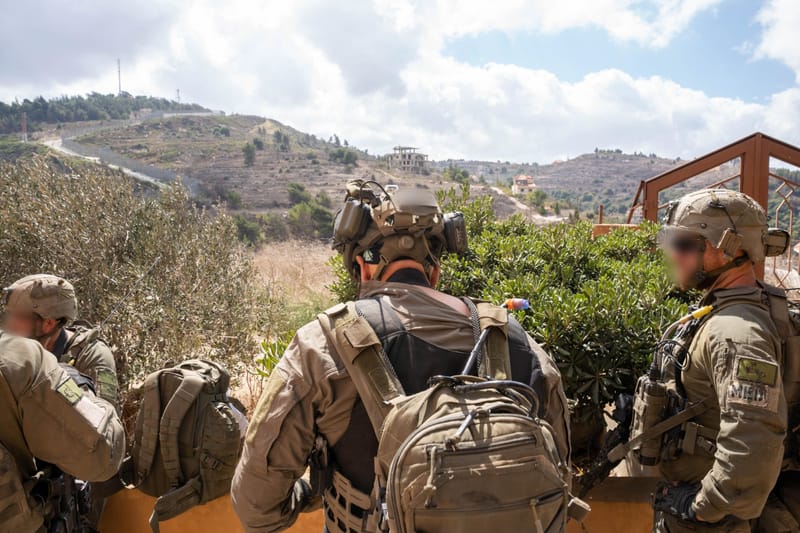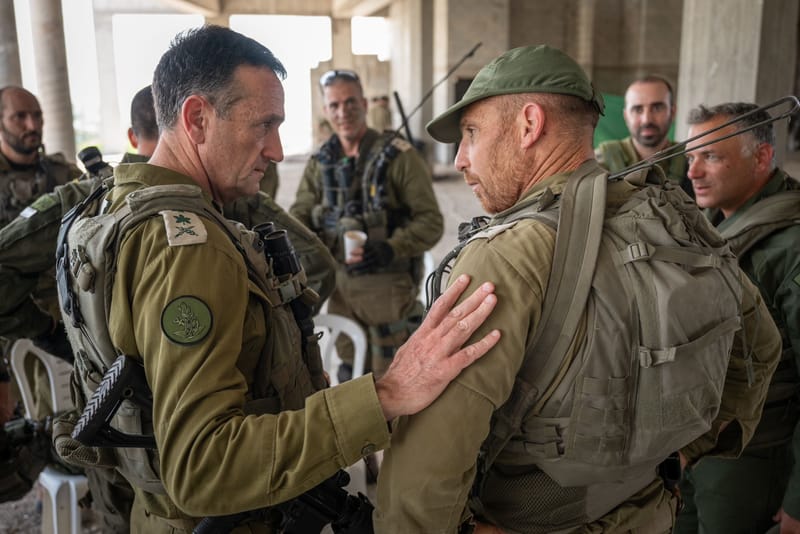New Analysis Challenges Credibility of Gaza Casualty Reports
Experts suggest that the lack of correlation between the reported deaths of different demographic groups could indicate manipulation

Recent investigations into the Gaza Health Ministry's reporting of casualty figures have raised significant concerns about the accuracy and reliability of the data being disseminated. According to a detailed analysis published by Tablet Magazine, statistical anomalies and methodological flaws suggest that the casualty numbers may have been manipulated, casting doubt on the figures that have been widely cited in international reports on the conflict.
The analysis, conducted by a team of statisticians, found an unnaturally linear increase in daily reported deaths, a pattern inconsistent with the expected variability in a conflict zone. Such regularity suggests the possibility of predetermined numbers rather than genuine daily counts. This pattern was particularly evident when comparing the growth rate of reported deaths to other conflict zones, where daily casualty figures typically fluctuate based on the intensity and location of fighting.
Further scrutiny revealed discrepancies in the demographic breakdown of the casualties. The Gaza Health Ministry consistently reports a disproportionately high number of women and children among the casualties. This statistic is at odds with the demographic composition of Gaza and the typical patterns observed in armed conflicts, where adult males, often combatants, usually comprise a larger percentage of the casualties.
In fact, The Ministry has consistently reported that approximately 70% of the casualties are women and children, a figure significantly higher than what has been reported in previous conflicts between Gaza and Israel. This discrepancy raises suspicions about the accuracy of the data. Furthermore, the statistical anomaly that 70% of casualties are women and children, while adult males—who make up about 25% of Gaza's population—are reported in unusually low numbers, suggests two possibilities: either the Israeli operations are not effectively targeting Hamas fighters, or the casualty figures for adult males are being underreported.
Experts suggest that the lack of correlation between the reported deaths of different demographic groups could indicate manipulation. For instance, the expected correlation between the number of women and children casualties, based on the nature of the attacks, was virtually non-existent, suggesting that the figures may have been independently adjusted.
Critics of the report argue that without independent verification, which is currently impossible due to restrictions on media and external agencies in the area, there is no way to definitively prove the accuracy of the casualty figures. However, the striking regularity and unusual patterns in the data strongly imply that the numbers released to the public and used by international organizations may not reflect the true scale or nature of the casualties.
The implications of these findings are profound, as accurate casualty figures are crucial for understanding the humanitarian impact of the conflict and for informing international responses. If the reports are indeed manipulated, it could skew the perception of the conflict's severity and impact, potentially affecting aid and diplomatic efforts.
The overall civilian casualty count may be significantly overstated. According to Israeli estimates, at least 12,000 fighters have been killed. Assuming this figure is accurate, the ratio of noncombatant to combatant casualties is unusually low, potentially ranging from 1.4 to 1, down to an even 1 to 1. Historically, in urban warfare scenarios, combatants are often intermingled within civilian populations, making such a low ratio noteworthy. It suggests a concerted effort to minimize civilian casualties despite the complexities of battling an opponent that uses civilians as protective cover. This effort appears to be an attempt to limit unnecessary loss of life in a challenging and densely populated battle environment.






